Benefits of Fasting
Fasting and weight loss offer a promising approach to combatting metabolic syndrome and heart disease. By improving insulin sensitivity, reducing weight, and positively affecting lipid profiles, fasting can help individuals address the root causes of these health conditions. Moreover, the cardiovascular benefits of fasting, such as reduced inflammation and enhanced vascular function, contribute to a lower risk of heart disease. While fasting may not be suitable for everyone and should be undertaken with caution, it can be a valuable tool when incorporated into a well-balanced and supervised healthcare plan. As we continue to explore the interplay between diet and health, fasting emerges as a potentially powerful strategy for promoting metabolic and cardiovascular wellness
Fasting and Metabolic Syndrome
- Improved Insulin Sensitivity: Fasting has been shown to improve insulin sensitivity, a pivotal factor in metabolic syndrome. When we fast, the body taps into its stored energy reserves, which include glucose. Over time, this process can help reduce insulin resistance, making it easier for cells to absorb glucose and regulate blood sugar levels. As a result, fasting can be a valuable tool in managing type 2 diabetes, a common consequence of metabolic syndrome.
- Weight Loss: One of the primary benefits of fasting is weight loss. Excess weight, particularly abdominal fat, is a key component of metabolic syndrome. Fasting helps create a calorie deficit, leading to weight loss. Furthermore, it has been demonstrated that intermittent fasting, which alternates between periods of eating and fasting, can help individuals maintain a healthier body weight.
- Reduction in Blood Pressure: Hypertension is another hallmark of metabolic syndrome. Fasting can lead to a reduction in blood pressure due to its effects on weight loss and improved insulin sensitivity. Lower blood pressure reduces the strain on the heart and decreases the risk of cardiovascular events.
Fasting and Heart Disease
- Improved Lipid Profiles: Fasting can lead to favorable changes in lipid profiles. Prolonged fasting can increase high-density lipoprotein (HDL) cholesterol, often referred to as “good” cholesterol. It can also reduce levels of low-density lipoprotein (LDL) cholesterol, often called “bad” cholesterol. These changes in lipid profiles are associated with a lower risk of atherosclerosis and heart disease.
- Enhanced Cardiovascular Health: Fasting has been linked to several cardiovascular benefits. It reduces inflammation, a key driver of heart disease, by reducing the levels of inflammatory markers like C-reactive protein (CRP). Additionally, fasting can improve vascular function, reduce oxidative stress, and decrease the risk of developing blood clots, all of which contribute to better cardiovascular health.
- Weight Management: Excess body weight is a well-established risk factor for heart disease. Fasting helps individuals lose weight and maintain a healthy body mass index (BMI). This, in turn, reduces the strain on the heart, lowers the risk of heart disease, and improves overall cardiovascular outcomes.
Myths about Fasting
Myths about Exercise and Food Habits
Bariatric Embolization Procedure for Appetite Control & Weight Loss
Understanding Appetite Regulation
Before delving into bariatric embolization, it is essential to understand how appetite is regulated in the human body. Appetite control involves a complex interplay of physiological, psychological, and hormonal factors. Hormones such as ghrelin and leptin play pivotal roles in signaling hunger and satiety, respectively. Ghrelin, often referred to as the “hunger hormone,” is produced in the stomach and stimulates appetite, while leptin, produced by fat cells, signals fullness.
Obesity is often characterized by dysregulation in these hunger and satiety hormones. Individuals with obesity may experience heightened ghrelin levels, making them more prone to overeating, even when their energy needs are met. This hormonal imbalance can be a significant barrier to successful weight management.
Pharmacotherapy
- Dulaglutide (Trulicity)
- Exenatide extended release (Bydureon bcise)
- Exenatide (Byetta)
- Semaglutide (Ozempic)
- Liraglutide (Victoza, Saxenda)
- Rybelsus, the pill version of Ozempic
Bariatric Embolization: An Innovative Approach
Bariatric embolization is a minimally invasive procedure that has gained attention as a potential solution for appetite reduction in obese individuals. Unlike traditional bariatric surgery, which involves altering the size or structure of the stomach and small intestine, embolization targets the blood vessels that supply the stomach. This procedure is typically performed by interventional radiologists.
The primary objective of bariatric embolization is to reduce the blood flow to the stomach, thereby diminishing its capacity to produce and release hunger-stimulating hormones like ghrelin. By blocking or narrowing specific arteries that supply blood to the stomach, embolization aims to disrupt the hormonal signaling responsible for excessive appetite. The procedure is often guided by imaging techniques such as angiography, ensuring precision and safety.
Appetite Reduction Mechanism
Bariatric embolization operates on the principle of altering the gastrointestinal blood supply to achieve appetite reduction. The procedure typically involves the following steps:
- Identification of Target Blood Vessels: Radiologists use advanced imaging techniques to identify the specific blood vessels responsible for supplying the stomach with blood.
- Embolization: Once identified, these vessels are accessed through a minimally invasive catheter-based approach. Tiny particles, coils, or other embolic agents are then introduced into the vessels to obstruct or reduce blood flow. This step aims to reduce the secretion of ghrelin and other appetite-stimulating factors from the stomach lining.
- Post-procedure Effects: Over time, the reduction in blood flow leads to changes in the stomach’s hormonal environment. Ghrelin production decreases, and patients often experience a decreased sensation of hunger.
Potential Benefits and Considerations
Bariatric embolization offers several potential benefits as an appetite reduction strategy:
- Minimally Invasive: Unlike traditional weight loss surgeries, bariatric embolization is minimally invasive, requiring only small incisions. This reduces the risks associated with open surgery, such as infection and prolonged recovery times.
- Appetite Reduction: By targeting the hormonal signaling associated with appetite, this procedure can help individuals with obesity feel less hungry, which may lead to reduced food intake and weight loss.
- Shorter Recovery: Patients typically experience shorter hospital stays and recovery times compared to traditional bariatric surgeries.
Explaination of Nanoblock Procedure (Bariatric Embolization)
June 12, 2016 Dr. Morar Nanoblock Procedure

